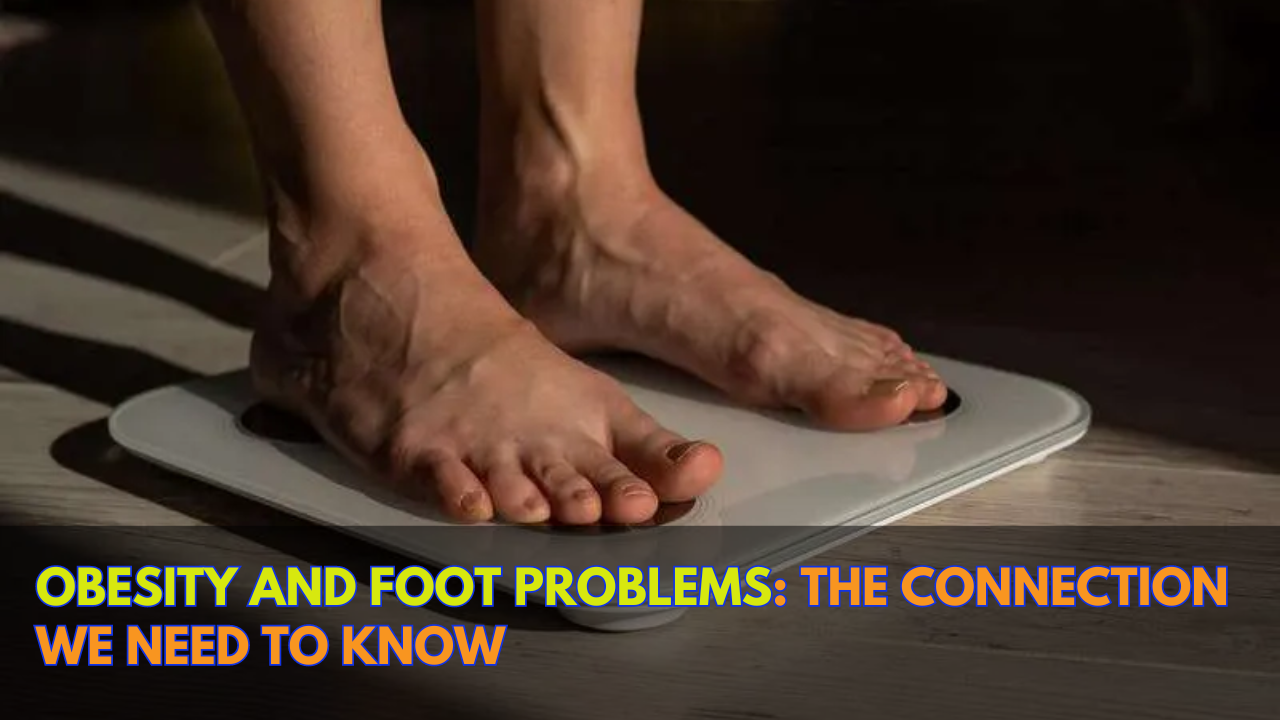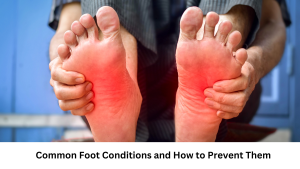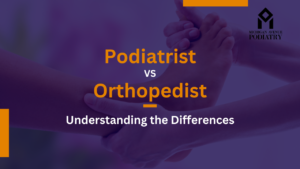Obesity is a significant public health concern worldwide, with its prevalence increasing steadily over the past few decades. While the impact of obesity on various aspects of health is well-documented, its association with foot problems is often overlooked. However, excess weight can exert tremendous pressure on the feet, leading to a range of issues that affect mobility, comfort, and overall quality of life. In this article, we’ll explore the link between obesity and foot problems, shedding light on the consequences of carrying excess weight on foot health and the importance of seeking guidance from podiatrists or foot doctors.
Understanding Obesity and Its Effects on Foot Health:
Obesity is defined as having a body mass index (BMI) of 30 or higher and is typically characterized by an excessive accumulation of body fat. Carrying excess weight places added stress on the musculoskeletal system, including the feet, which bear the brunt of the body’s weight with each step. Over time, the persistent strain on the feet can lead to various foot problems, exacerbating discomfort and impairing mobility.
Common Foot Problems Associated with Obesity:
Plantar Fasciitis:
Plantar fasciitis is a prevalent foot condition characterized by inflammation of the plantar fascia – the band of tissue that runs along the bottom of the foot, connecting the heel to the toes. Excess weight can increase pressure on the plantar fascia, leading to micro-tears and inflammation, which manifests as heel pain, especially with the first steps in the morning or after prolonged periods of rest.
Flat Feet:
Flat feet, also known as fallen arches, occur when the arches of the feet collapse, causing the entire sole of the foot to make contact with the ground. Obesity can contribute to the development or exacerbation of flat feet by stretching and weakening the supportive structures of the foot. Individuals with flat feet may experience pain, fatigue, and instability when walking or standing for extended periods.
Arthritis:
Obesity is a significant risk factor for developing arthritis, a condition characterized by inflammation of the joints. Excess weight places added stress on the weight-bearing joints of the feet, such as the ankles, knees, and toes, increasing the risk of osteoarthritis and other forms of arthritis. Arthritic changes in the foot joints can lead to pain, stiffness, swelling, and reduced range of motion, impairing mobility and quality of life.
Foot Deformities:
Obesity can contribute to the development of foot deformities, such as bunions, hammertoes, and tailor’s bunions (bunionettes). The excessive pressure and friction caused by carrying excess weight can exacerbate existing foot deformities or lead to their formation over time. These deformities can cause pain, inflammation, and difficulty wearing footwear comfortably, further impacting mobility and foot function.
Skin Conditions:
Obesity is associated with an increased risk of developing skin conditions affecting the feet, such as fungal infections (athlete’s foot), bacterial infections, and intertrigo (skin irritation and inflammation in skin folds). The warm, moist environment created by excess weight and friction between skin folds provides an ideal breeding ground for fungi and bacteria, leading to infections and skin irritation.
The Role of Podiatrists or Foot Doctors:
Podiatrists or foot doctors play a crucial role in addressing foot problems associated with obesity. These healthcare professionals specialize in diagnosing and treating conditions affecting the feet and lower limbs, providing personalized care and guidance to improve foot health and overall well-being. Podiatrists can assess the impact of obesity on foot function, recommend appropriate treatments and interventions, and offer advice on foot care, footwear selection, and weight management strategies.
Preventing and Managing Foot Problems Related to Obesity:
While obesity poses challenges to foot health, there are steps individuals can take to prevent and manage foot problems associated with excess weight:
- Maintain a Healthy Weight: Adopting a healthy lifestyle that includes regular exercise, balanced nutrition, and weight management can help reduce the strain on the feet and lower the risk of foot problems associated with obesity.
- Choose Supportive Footwear: Wearing supportive footwear with adequate cushioning, arch support, and roomy toe boxes can help alleviate pressure on the feet and reduce the risk of foot discomfort and injuries.
- Practice Good Foot Hygiene: Maintaining good foot hygiene, including washing the feet daily, drying them thoroughly, and applying moisturizer to prevent dryness and cracking, can help prevent skin infections and other foot problems.
- Seek Prompt Medical Attention: If you experience foot pain, swelling, or other symptoms, it’s essential to seek prompt medical attention from a podiatrist or foot doctor. Early intervention can help prevent complications and improve outcomes.
Conclusion:
Obesity can have a profound impact on foot health, leading to a range of foot problems that affect mobility, comfort, and overall quality of life. By understanding the link between obesity and foot problems and seeking guidance from podiatrists or foot doctors, individuals can take proactive steps to prevent and manage foot conditions associated with excess weight. Adopting a healthy lifestyle, choosing supportive footwear, practicing good foot hygiene, and seeking prompt medical attention when needed are essential strategies for maintaining optimal foot health, even in the presence of obesity.




